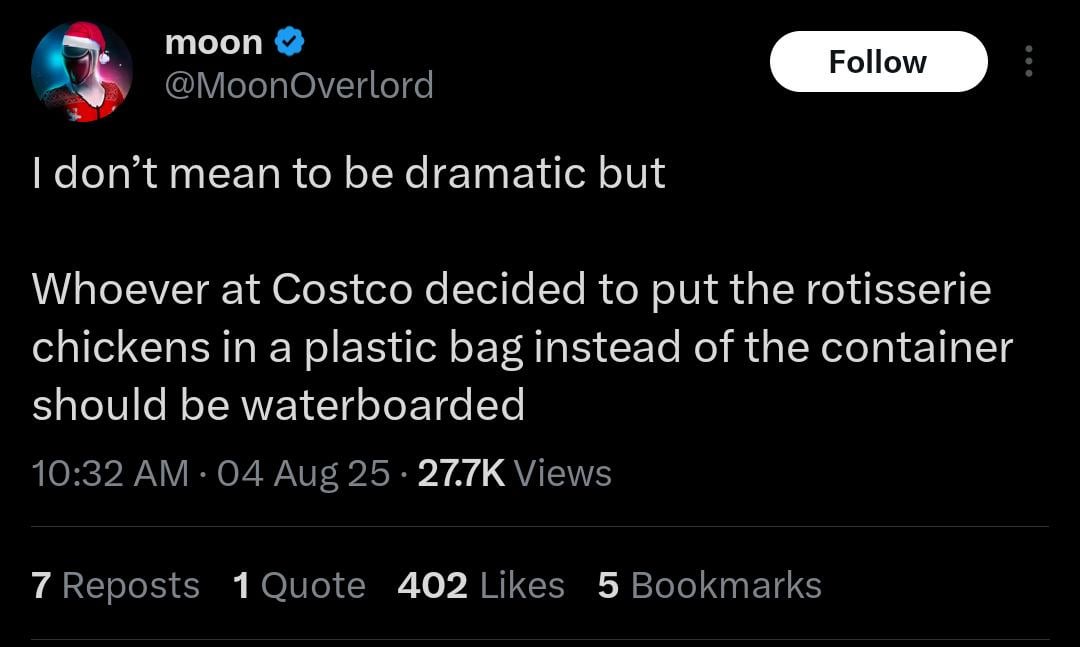Recent scientific studies confirm that microplastics—tiny plastic fragments less than 5 mm in size—are indeed present in agricultural soils.
These particles originate from various sources including:
- Sewage sludge (used as fertilizer),
- Plastic mulch films,
- Compost contaminated with plastic debris,
- Irrigation with contaminated water.
A 2021 study published in Environmental Science & Technology found that agricultural lands receive significantly more microplastics than oceans, mainly due to the vast volume of treated wastewater and biosolids applied on fields.
In some estimates, farmlands may receive up to 430,000 tons of microplastics per year—compared to roughly 8 million tons going into oceans globally, but far more concentrated per hectare on land.
Research from countries like China, Germany, and Australia has shown that:
Microplastics can penetrate plant roots, especially in root vegetables like carrots and turnips.
Lettuce and wheat have also absorbed microplastics through root uptake.
These plastics can migrate into edible plant parts, posing a potential risk to human health.
Although the long-term health effects of ingesting microplastics through food are still being studied, early research suggests they can cause inflammation, oxidative stress, and possibly endocrine disruption in animals, and likely in humans with sufficient exposure.
Recent scientific studies confirm that microplastics—tiny plastic fragments less than 5 mm in size—are indeed present in agricultural soils.
These particles originate from various sources including:
- Sewage sludge (used as fertilizer),
- Plastic mulch films,
- Compost contaminated with plastic debris,
- Irrigation with contaminated water.
A 2021 study published in Environmental Science & Technology found that agricultural lands receive significantly more microplastics than oceans, mainly due to the vast volume of treated wastewater and biosolids applied on fields.
In some estimates, farmlands may receive up to 430,000 tons of microplastics per year—compared to roughly 8 million tons going into oceans globally, but far more concentrated per hectare on land.
Research from countries like China, Germany, and Australia has shown that:
Microplastics can penetrate plant roots, especially in root vegetables like carrots and turnips.
Lettuce and wheat have also absorbed microplastics through root uptake.
These plastics can migrate into edible plant parts, posing a potential risk to human health.
Although the long-term health effects of ingesting microplastics through food are still being studied, early research suggests they can cause inflammation, oxidative stress, and possibly endocrine disruption in animals, and likely in humans with sufficient exposure.









